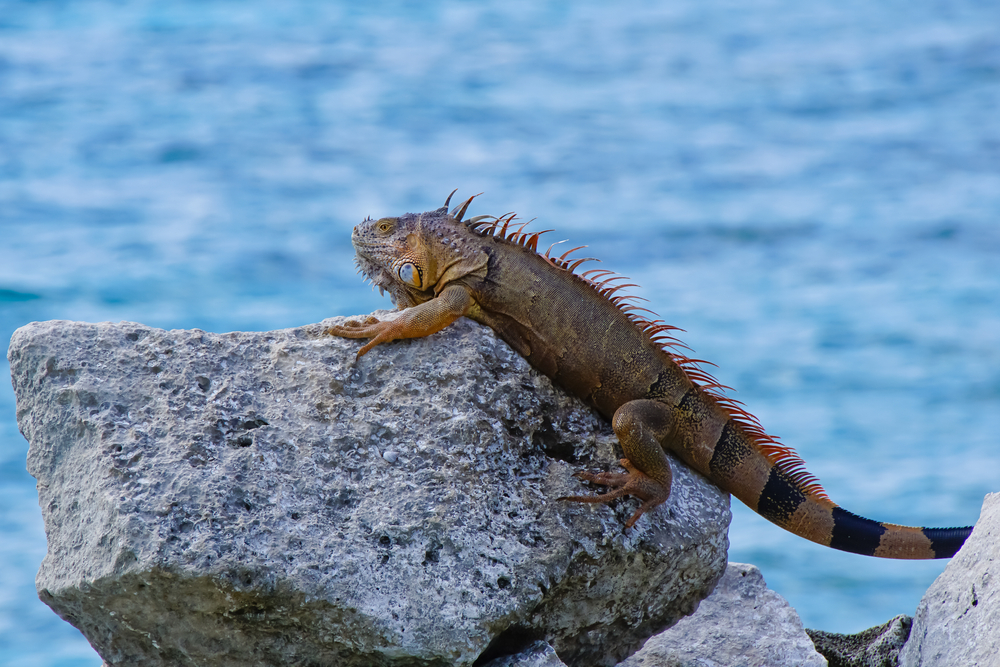Bahia Porete – Kaurrele Overview
Bahía Portete – Kaurrele National Natural Park, known in Spanish as Parque Nacional Natural Bahía Portete – Kaurrele, is a protected area located in the northernmost part of Colombia, on the Caribbean coast of the La Guajira Peninsula.
Established on December 20, 2014, the park encompasses approximately 54.4 square miles (140.8 square kilometers) and is situated between Cabo de la Vela and Punta Gallinas, within the municipality of Uribia. This designation makes it the northernmost national park on the South American mainland.
The park’s terrain is characterized by a blend of coastal and desert landscapes. It features sedimentary beds, seagrass meadows, coral formations, mangroves, beaches, and rocky shorelines. The climate is predominantly hot and arid, influenced by the surrounding La Guajira Desert, with average temperatures ranging between 28 to 30 °C (82 to 86 °F).
The coastal areas experience increased humidity due to inland winds. The marine bay area has an average depth of 9 meters (30 feet), with depths ranging from 3 to 20 meters (10 to 65 feet).
The park boasts a rich biodiversity, particularly in its marine ecosystems. It is home to 25 species of reptiles and amphibians and hosts a variety of mammals, including the nine-banded armadillo, red-tailed squirrel, crab-eating fox, and white-lipped peccary.
Marine fauna are abundant, with 217 species recorded, such as the green sea turtle, loggerhead turtle, and hawksbill sea turtle. Bird enthusiasts can observe species like the American flamingo, brown pelican, and magnificent frigatebird.
Notable features of the park include its pristine beaches, extensive mangrove forests, and vibrant coral reefs. These ecosystems provide critical habitats for various species and offer picturesque landscapes for visitors. The park’s remote location ensures that its natural beauty remains largely untouched, providing a serene environment for exploration.
Visitors can engage with the park through activities such as birdwatching, snorkeling, and guided tours led by local Wayuu communities. These tours offer insights into the cultural significance of the area and its natural resources. Access to the park typically involves traveling from Riohacha to Uribia, followed by a journey on unpaved roads to Bahía Portete, which can take approximately four hours.
Conservation efforts in Bahía Portete – Kaurrele National Natural Park have been significant. The park was established to protect vital marine and coastal ecosystems, including mangroves, seagrass beds, and coral formations.
The involvement of indigenous Wayuu communities in the planning and management of the park has been a notable success, ensuring that conservation strategies respect and incorporate traditional knowledge and practices. However, challenges persist, such as preventing illegal mining and industrial fishing activities that threaten the park’s ecological integrity.












































































